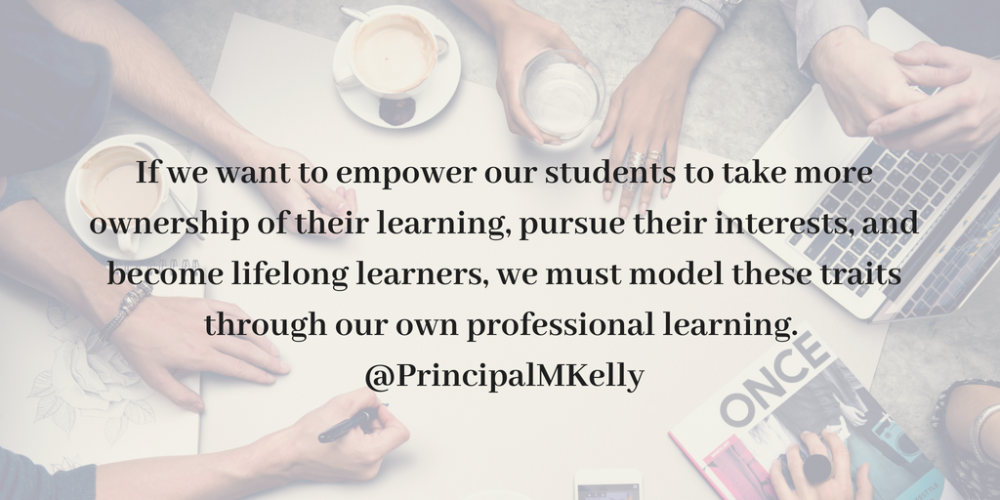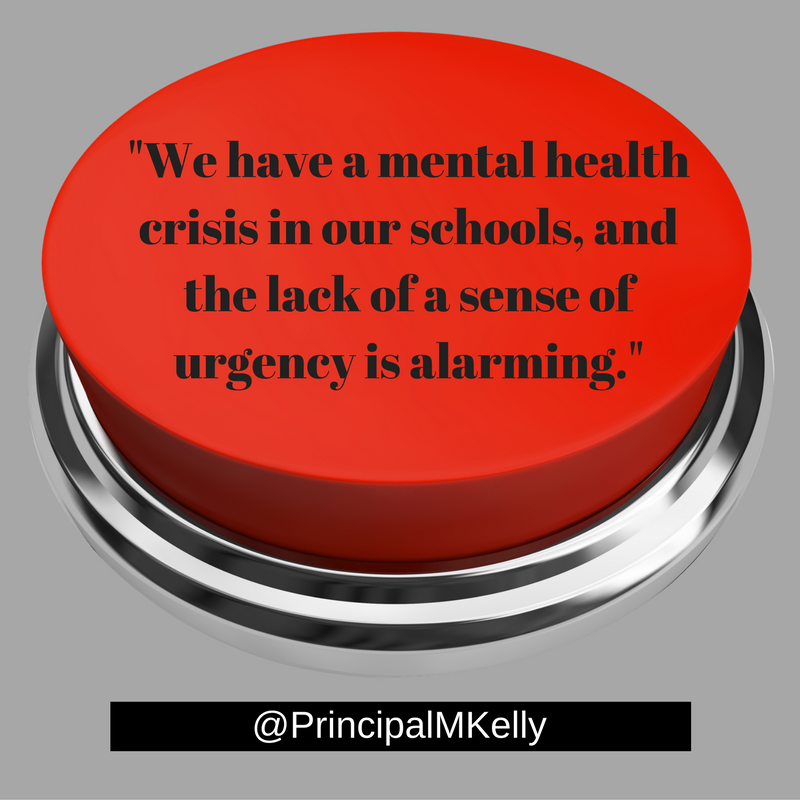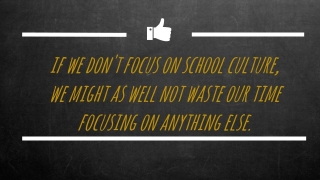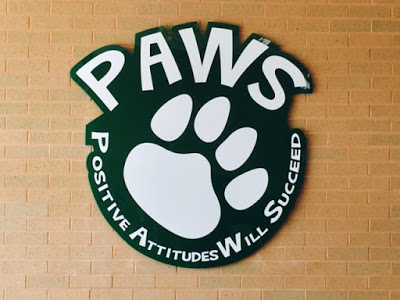
“You don’t have the skills to get a job a Walmart. Even they require their employees to remember to bring their vest everyday!”
It is with great shame I admit these horrible words once came out of my mouth… to a student. It seemed like the hundredth day in a row one particular student forget his pencil. My frustration, with what turned out was my lack of control, overflowed and I let him have it. I verbally attacked, and probably humiliated, this student in front of classmates. It was soon after this shameful experience that I realized something was wrong with my traditional methods of classroom management. Sure my rewards and consequences approach seemed to work for many students, but not for all. In reality, any system works for the majority. Eventually I realized, even when something works, it doesn’t always make it right. In addition, my approach certainly was not working for some of my students. I knew something had to change.
Changing Your Mindset
The first step in establishing a positive classroom environment is to have the right mindset. In his book, Lost at School, Dr. Ross Greene (2008) proposes the idea that “kids do well if they can.” This idea promotes a belief that if a child is not meeting academic or behavioral expectations, it is because they lack the skill to do so. Early in my teaching career, I had a very hard time accepting this belief. In fact, my beliefs in terms of students being able to meet behavioral expectations were completely opposite. However, after a few years of teaching and implementing traditional behavior management strategies, it became clear to me that no child would willingly subject themselves to the punishment and embarrassment I sometimes put them through.
By changing my mindset, I began to approach all students, in all cases, as if they needed help to meet expectations. I started to believe that kids would do well, if they had the skills to do so. When a student wasn’t getting started on an assignment, I would approach them and ask questions like: “Is everything okay?”, “It looks like you’re having trouble getting started, do you have any questions?”, “Let me sit with you and help you get started.” I completely stopped assuming students were just refusing to do their work.
And, when a student forgot a pencil, I gave them one. In reality, it didn’t really matter why they didn’t have one. Ensuring they had what they needed to be successful became my only priority.
When responding to student misbehavior, it is important to remember it is not about you. It’s not personal. It is not you v. them. Remembering this in a frustrating situation can be difficult, but  when it becomes part of our everyday mindset, it gets easier.
when it becomes part of our everyday mindset, it gets easier.
Creating a Positive Classroom Environment
Here are a few ways to establish a positive classroom environment or respond to misbehavior:
- Give Verbal Praise (A LOT OF IT!)
This is one of the most powerful strategies a teacher can use. Recognize students, individually or as a class, for every direction/instruction they follow. Students who crave attention will often adjust their behavior to receive this praise.
Examples: “I really like the way you are walked into the classroom; Thank you for using a quiet, raised hand; I really appreciate the way you are including everyone in your group discussion.”
- Use Subtle Strategies for Redirection
Using proximity, walking over and standing next to a student while continuing to teach, will often be enough of a cue for a student to stop talking.
Quietly going over to a student and whispering “Do you have a question?; Is there something I can help you with?” will either unearth a student question, or cue them to get back on task.
A teacher can also quietly ask the student if they can speak with them on the side, or in the doorway. When doing so, the teacher should state the expectation the student should be meeting, and ask them what they can do to help them meet the expectation: “I see you are having trouble getting started on your fraction activity, is there something I can help you with, or any questions I can answer?”
- State/Restate the Expected Behavior
When a student is not following a direction, instead of using “no; stop; don’t”, recognize a student who is meeting expectations, or restate the expected behavior to the whole class.
Example: If a student is calling out in class, a teacher can remind the class, “Please remember to use a quiet, raised hand when you would like to participate.” The student who is not following the expectation will often get the hint.
- Avoid a Power Struggle
When responding to students with challenging behaviors, it is important to avoid power struggles, especially in front of their peers. Teachers can completely destroy a relationship with a student in a power struggle scenario. If a student is refusing to do work, and does not respond to offers of support, it is important not to increase the demand and create a power struggle. Threats such as, “Do your work or go to the office; Get started or I’m going to call your parents,” create a me v. you power struggle. In this situation, even if the teacher wins in the moment, overall, they lose. They lose because they damage the relationship. And ultimately, that damage will have to be repaired at some point in order for the teacher and student to have success working together in the future. If a student is not causing a significant disruption to the whole class, the teacher is better-off waiting until the end of class to have a private conversation to establish the cause of the student behavior. Other students pick up on this, as well. Creating a scene by yelling or posing threats does not “prove” to the rest of the class that you are in charge. Instead, they may be left worrying about the possible consequence the next time they make a mistake. Maintaining composure and offering respect, even if it is not being reciprocated at the time, goes a long way in building a positive classroom culture.
How do you ensure students’ emotional needs are being met in your classroom? What strategies are successful for you?
To learn more about responding to students with behavioral challenges, I recommend:
Greene, R. W. (2008). Lost at school: Why our kids with behavioral challenges are falling through the cracks and how we can help them. New York: Scribner.
Greene, R. W. (1998). The explosive child: A new approach for understanding and parenting easily frustrated, “chronically inflexible” children. New York: HarperCollins.




 when it becomes part of our everyday mindset, it gets easier.
when it becomes part of our everyday mindset, it gets easier.


